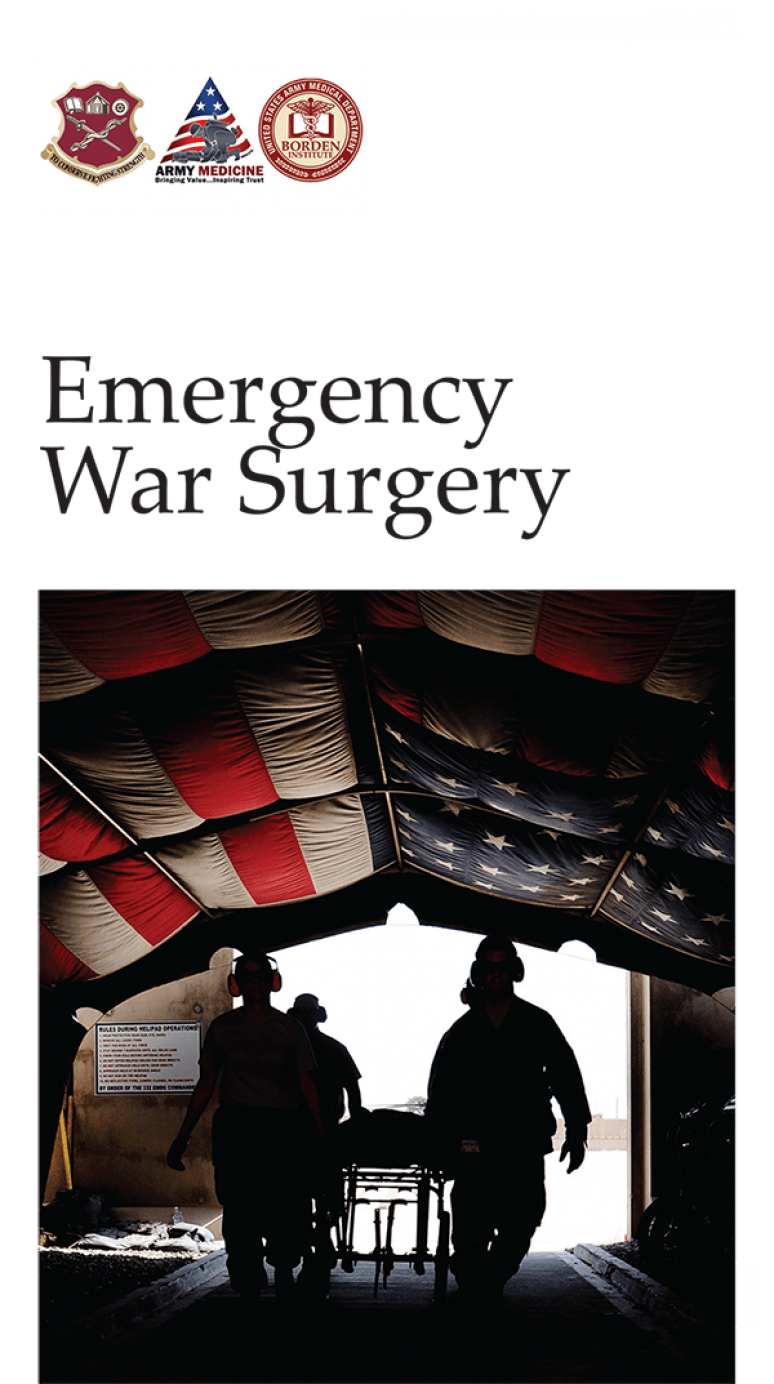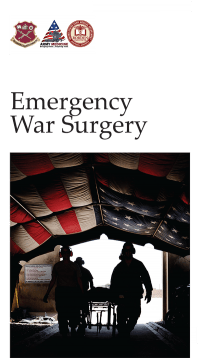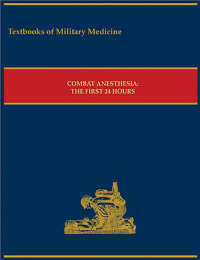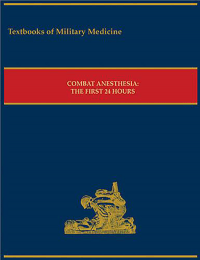
This is the fifth edition of Emergency War Surgery. There is no comparable textbook on the best practices and principles of forward deployed trauma surgery. This update to the 2013 edition includes the latest lessons, techniques, and principles learned from US military engagements in Afghanistan, Iraq, and elsewhere. In the last decade and a half, the exceptional combat casualty care our military medical professionals have provided has led to the lowest mortality rate in the history of warfare. With the inclusion of the substantial advancements recently made in how we treat patients, this edition of Emergency War Surgery will become an even more valuable resource, particularly for our military medical personnel who will undoubtedly make even greater strides in the future. Over the years, this textbook has attracted readers beyond the surgical and critical care communities. It has been translated into 20 languages and has become an important reference for anyone in combat operations.
Chapter 1: Weapons Effects and War Wounds
Chapter 2: Roles of Medical Care (United States)
Chapter 3: Mass Casualty and Triage
Chapter 4: Aeromedical Evacuation
Chapter 5: Airway/Breathing
Chapter 6: Hemorrhage Control
Chapter 7: Shock, Resuscitation, and Vascular Access
Chapter 8: Anesthesia
Chapter 9: Soft Tissue and Open Joint Injuries
Chapter 10: Infections
Chapter 11: Critical Care
Chapter 12: Damage Control Surgery
Chapter 13: Face and Neck Injuries
Chapter 14: Ocular Injuries
Chapter 15: Head Injuries
Chapter 16: Thoracic Injuries
Chapter 17: Abdominal Injuries
Chapter 18: Genitourinary Tract Injuries
Chapter 19: Gynecologic Trauma and Emergencies
Chapter 20: Wounds and Injuries of the Spinal Column and Cord
Chapter 21: Pelvic Injuries
Chapter 22: Extremity Fractures
Chapter 23: Amputations
Chapter 24: Injuries to Hands and Feet
Chapter 25: Vascular Injuries
Chapter 26: Burns
Chapter 27:Environmental Injuries
Chapter 28: Radiological Injuries
Chapter 29: Biological Warfare Agents
Chapter 30: Chemical Injuries
Chapter 31:Pediatric Care
Chapter 32: Care of Enemy Prisoners of War/Internees
Chapter 33:Battlefield Transfusions
Chapter 34: Compartment Syndrome
Chapter 35:Battlefield Trauma Sytems
Chapter 36: Emergency Whole Blood Collection
Chapter 37: Tactical Combat Casualty Care
Envoi
Appendix 1: Principles of Medical Ethics
Appendix 2: Glasgow Coma Scale
Appendix 3: Department of Defense Trauma Registry
Abbreviations and Acronyms
Product Manufacturers
Index
Collectively, all branches of the military medical community through the application of practices provided by the Borden Institute will continue finding ways to improve life- and limb-saving as it has done for hundreds of years.







